Discover how to prepare for the Tour du Mont Blanc Trek, whether you need advice on physical training, booking accommodations, packing your gear, or choosing the perfect route to suite your adventure style.
The Tour du Mont Blanc is a fantastic long-distance walking adventure for most reasonably fit hikers. But, even if you’re relatively in shape, it’s essential to know how to prepare for the Tour du Mont Blanc Trek – you are in the backcountry, after all!
Nothing beats exploring the backdrop of three incredible European countries via foot—and the Tour du Mont Blanc (TMB) offers the opportunity to do just that! Therefore, it’s essential to come prepared to ensure maximum enjoyment as you traverse the alpine wonderlands of three European countries.
To sum up the process, in order to prepare for Tour du Mont Blanc Trek, make sure you book your accommodations in advance, find the best route and the time of the year to go. After that, plan and sort your packing list, check the vaccination requirements, research necessary paperwork and make sure to get travel insurance. Training for the trek is another crucial part of the preparation as you need to be physically prepared to complete the hike. Additionally, you might want to learn some basic Italian and French to help you along the way. Or if you don’t want all this hassle, consider booking a TMB tour and let the tour company take care of the hassle.
Read on to learn in detail about how to prepare for the Tour du Mont Blanc Trek.
Table of Contents
How to Train for the Tour du Mont Blanc
Book your accommodations in advance
Know the best time to go
Plan your packing list
Get travel insurance
Research necessary documentation
Get the proper vaccinations
Take the correct route for you
Learn basic Italian and French
Important numbers to keep with you at all times
Tour du Mont Blanc Articles
How to Train for the Tour du Mont Blanc
Not sure where to begin when it comes to preparing for the Tour du Mont Blanc Trek? First things first: training.
Think about how many days you’ll be hiking: most likely 9-11 days, 105.6mi (if you complete the entire trail), with the highest elevation spiking at 8478ft. You’ll undulate throughout the whole trek, gaining and losing a total of around 36089ft. It’s essential to consider altitude sickness as well!
We suggest embarking on some day hikes or overnight trips with the backpack you’re planning on rocking throughout the trek. Then, for the last few training sessions, aim to pack whatever you think you’ll bring along your Mont Blanc adventure, granting time to remove and add items if need be.
If you aren’t used to altitude changes, you can always travel slowly to ease the chance of getting dizzy, headaches, or nausea. Consider bringing some pills along as well. You can either get a prescription from a medical provider or bring along over-the-counter drugs in the event of a mild headache. The high altitude may force you to rest for a little longer than anticipated as well!
If you can’t get out for weekly hikes for the months leading up to your trip, you can always get in some HIIT workouts, get on the elliptical at your gym, or do whatever you can to strengthen your lungs!

Book Your Accommodations in Advance
Thinking of completing the TMB self-guided and independently? It’s essential to book your refuges well in advance. While you can find a handful of refuges available for booking, some of the best mountain huts aren’t easy to find online. So booking your huts by yourself on your own can get hectic and time-consuming.
In the end, it may be better to book a Tour du Mont Blanc tour, one that caters to your style and how much time you have. It’s more than likely that you’ll spend less or around the same amount of money on a self-guided or guided pre-planned tour, thanks to some of the deals tour operators get on accommodation.
Throughout the trek, you’ll find a range of places to stay, from more lavish hotels to dorm rooms to tenting out for the more experienced adventurer.
The accommodations book up fast, so we strongly suggest locking in your refuges (or your tour) at least 6-8 months in advance. Even booking in February for a July outing is considered risky. Again, tours are beneficial since many operators offer fixed departures with pre-booked accommodations.
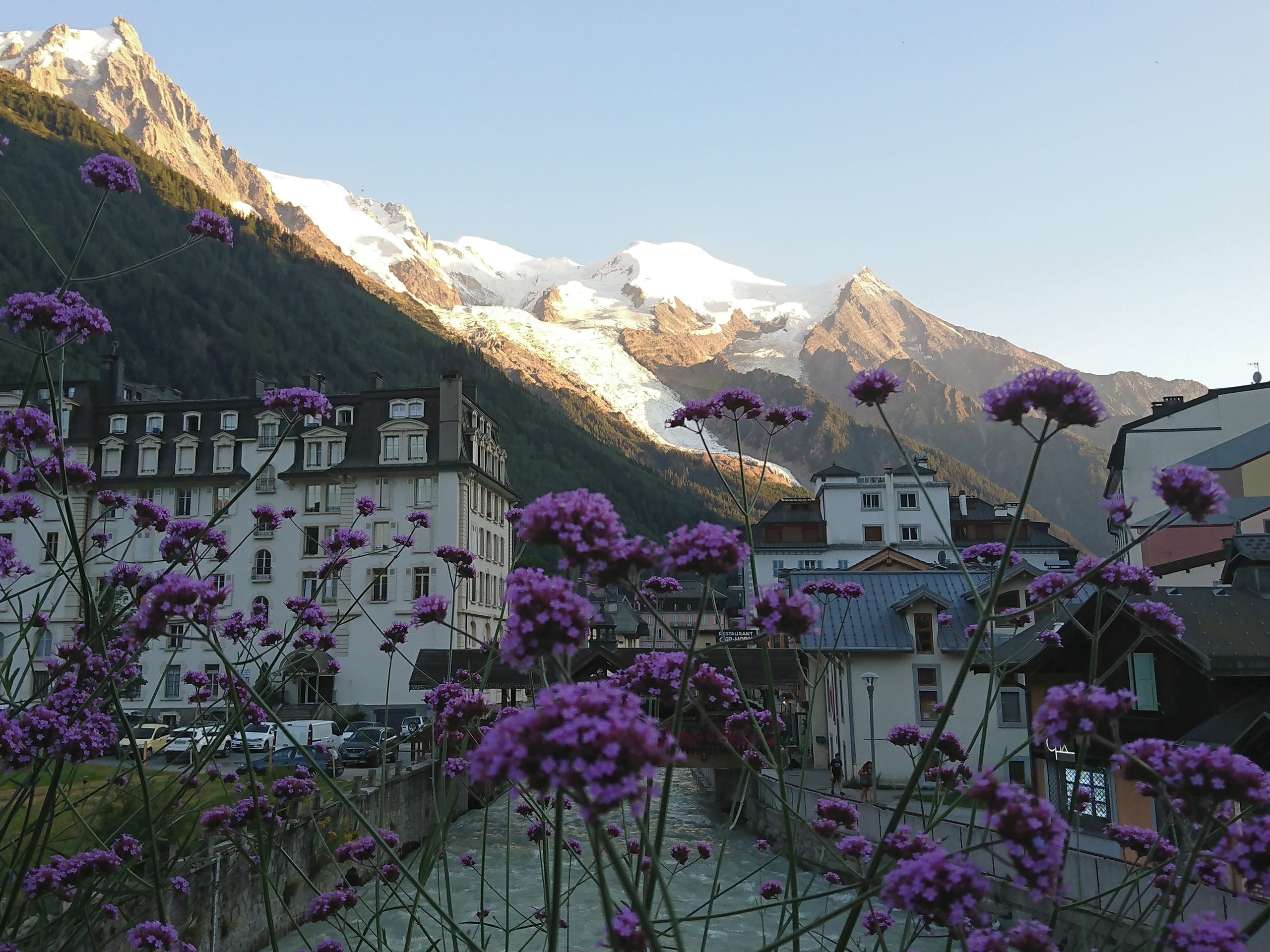
Know the Best Time to Go
When thinking of how to prepare for the Tour du Mont Blanc trek, one important factor to consider is the time of year that you want to complete the trek.
We highly recommend tackling Mont Blanc in June or September. The cooler climate paired with less congested towns and trails makes for a more relaxing experience. However, if you go in June, be prepared for possible snowy conditions! Most people conquer this route between June and September but check out our article on the best time to hike TMB to learn more about seasonality.
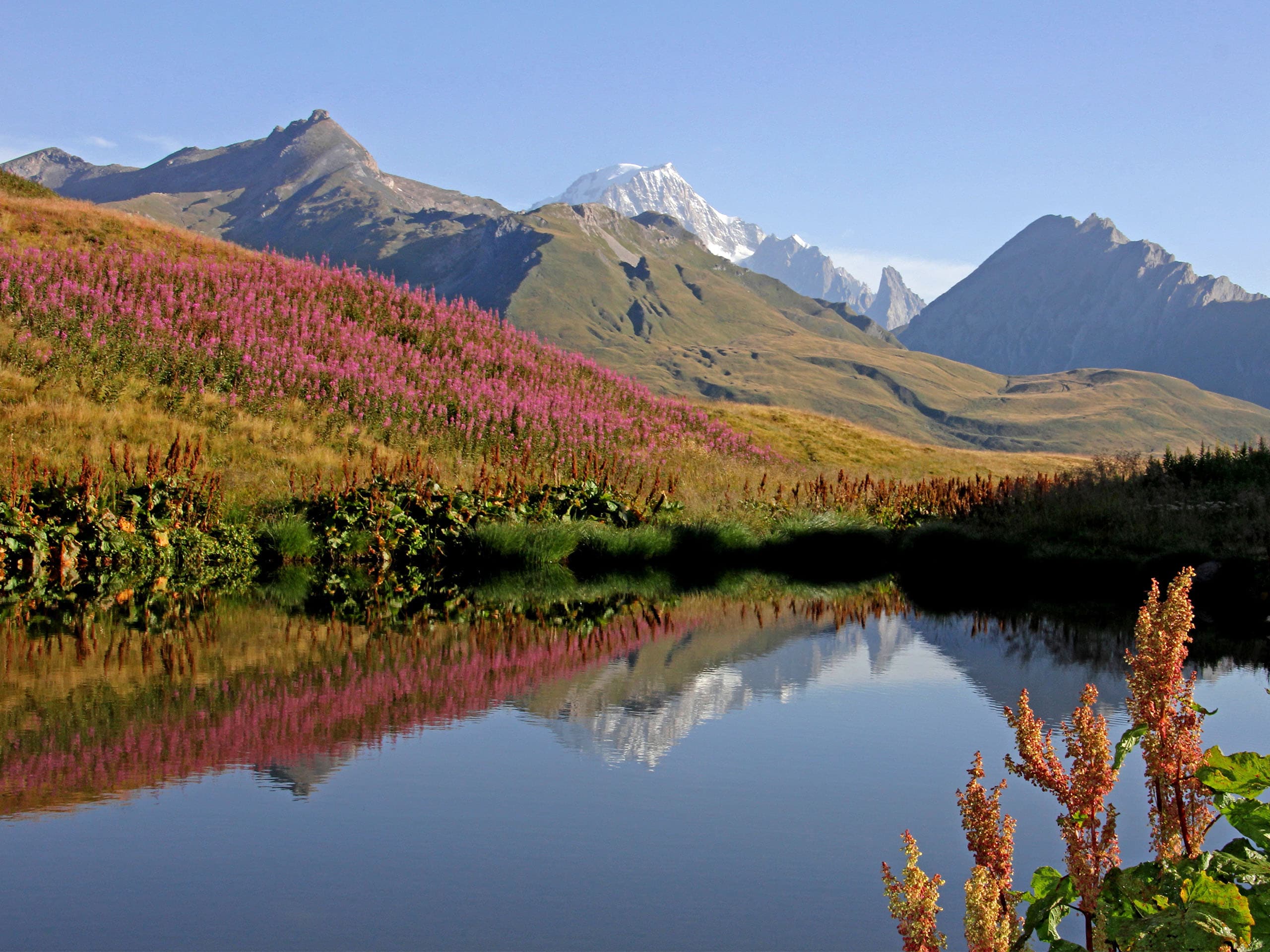
Plan Your Packing List
Packing for the Tour du Mont Blanc is relatively straightforward! You’ll need:
- Hiking gear (boots, poles, to name two)
- Hiking clothes (lightweight, moisture-wicking material, extra socks), -change of shoes for when you get to the different towns or your base for the night
- Toiletries (your accommodations may provide some of these, so look into this before)
- Adapter to charge your phone if coming from another country
- A portable charger (if you’re an avid photo-taker)
- Wallet
- Passport
- A copy of your travel documents in a ziplock bag
For a more detailed list of things to include in your bag, check out our article on what to pack for trekking Mont Blanc.
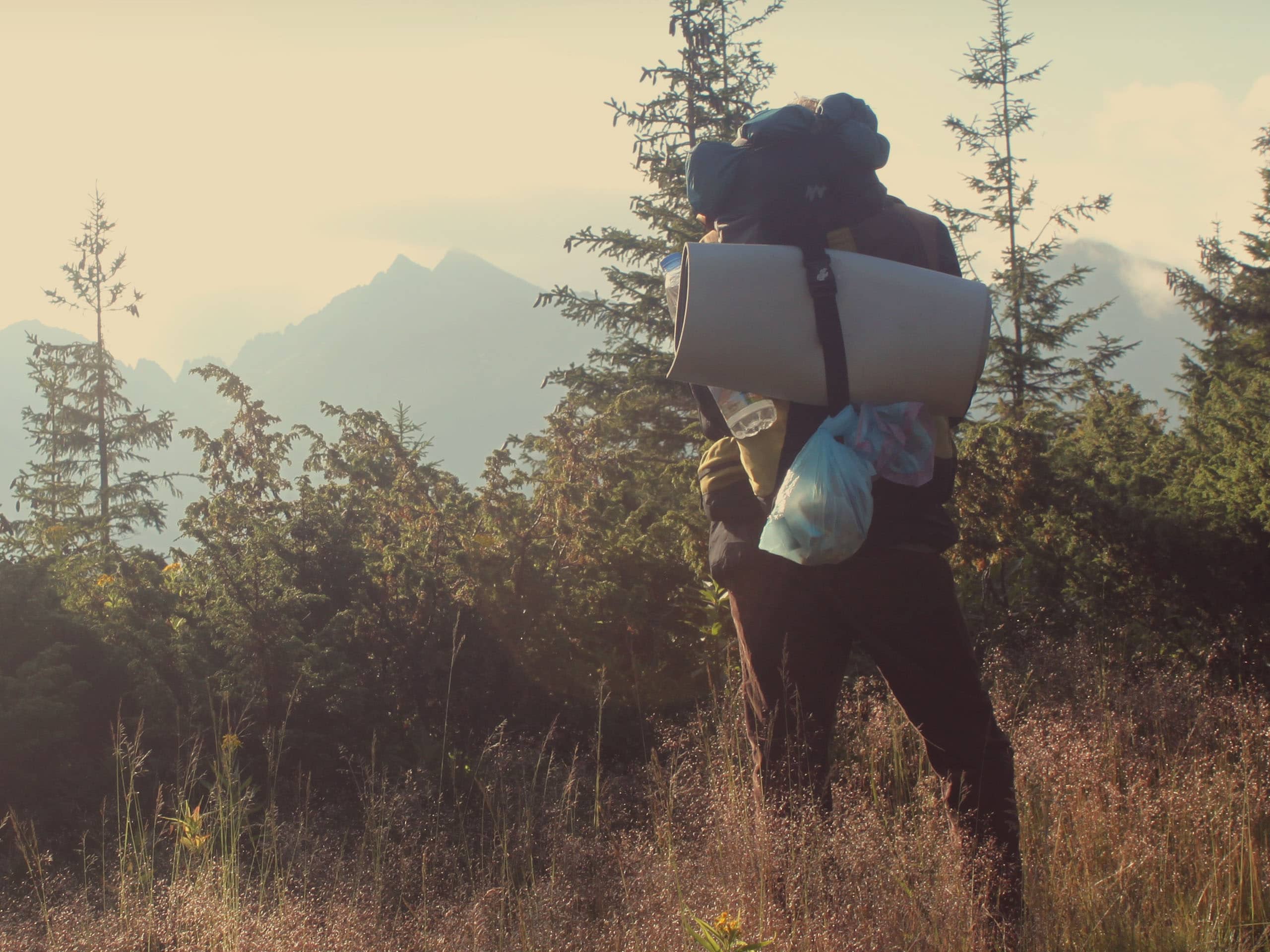
Get Travel Insurance
Be sure to tell your travel insurance provider that you will climb to an altitude of 2,584m so that you can ensure your policy covers every possible incident. Be honest with your provider! In general, travel insurance is vital. You don’t want to get caught paying hospital bills in another country—and lose thousands and thousands of dollars because the travel insurance fee feels too daunting.
Research Necessary Documentation
Some nationalities may be able to get away with just a passport, but all necessary documentation depends on where you’re going and your nationality. Check government websites for up-to-date information before you go! Some destinations may require certain nationalities to obtain a visa before arrival.
Get the Proper Vaccinations
The Tour du Mont Blanc winds through three European countries, making it tough to provide a definite answer.
The World Health Organization recommends vaccinations for Hepatitis A, Hepatitis B, Typhoid, and Measles when travelling to Europe. Vaccine requirements can change on a whim, so be sure to check each country’s regulations and rules before you travel. Keep the ever-changing COVID-19 regulations in mind when travelling as well. Each country may have different requirements—check this link for the latest information on COVID and travelling.
Take the Correct TMB Route for You
The Complete Tour du Mont Blanc Trek traverses the entire route in 11 days, with the highest difficulty rating of all the variations. Stay in mountain huts and quaint hotels! Those with limited time may enjoy the 7-day trek that reveals the highlights and has you staying in hotels. Expect a moderate difficulty on this route. There’s also another shortened, moderately challenging version that has you staying in guesthouses!
You could always plan to explore part of this route instead of setting aside time to trek the entire 105.6mi.
Trekking through Switzerland may not be the most budget-friendly option, as the accommodation prices can soar at €80 (half-board). So if you’re short on cash, skip the section from La Fouly to Champex-Lac and catch the bus instead.
Catch a glimpse of our favourite route on our Tour du Mont Blanc guide!

Learn Basic Italian and French
Sure, you may be able to converse through broken English in the major cities in Italy, France, and Switzerland. Yet, the Tour du Mont Blanc has you climbing to quaint villages tucked among mountain slopes, where the English language isn’t the common tongue. So it’s helpful to learn basic words in French and Italian to boost comfortability and ease potential stressful encounters.
Important Numbers to Keep With You at All Times
Before we sign off, there’s one thing you need to know: the local mountain rescue number list! For France, call 00 33 (0) 4 50 53 16 89 (Chamonix Mountain Rescue); Italy: 00 39 (0) 0165 238 222 (Aosta Mountain Rescue); Switzerland’s general number is 144. Add these numbers to your phones and keep a list of them in the ziplock bag with copies of your documentation!
The Tour du Mont Blanc is an adventure of a lifetime. So you’ll want to do whatever you can to come prepared and ready to tackle day after day of long-distance hiking the glacier-laden, sweeping meadow, shimmering wild lake, and scenic Mont Blanc.
-
Tour du Mont Blanc Articles
Check out our series of articles planning an incredible Tour du Mont Blanc!
- Complete Guide to the Tour du Mont Blanc
- How long does it take to hike the Tour du Mont Blanc?
- How to Prepare for the Tour du Mont Blanc
- Packing List for the Tour du Mont Blanc
- Where to Stay on the Tour du Mont Blanc
- When to hike the TMB?
- Frequently Asked Questions about the Tour du Mont Blanc
- 10 Interesting Facts about the TMB
Book Tour du Mont Blanc Tour
Check out this great selection of adventure tours in France, the Alps, and the Mont Blanc region, including various Tour du Mont Blanc itineraries.


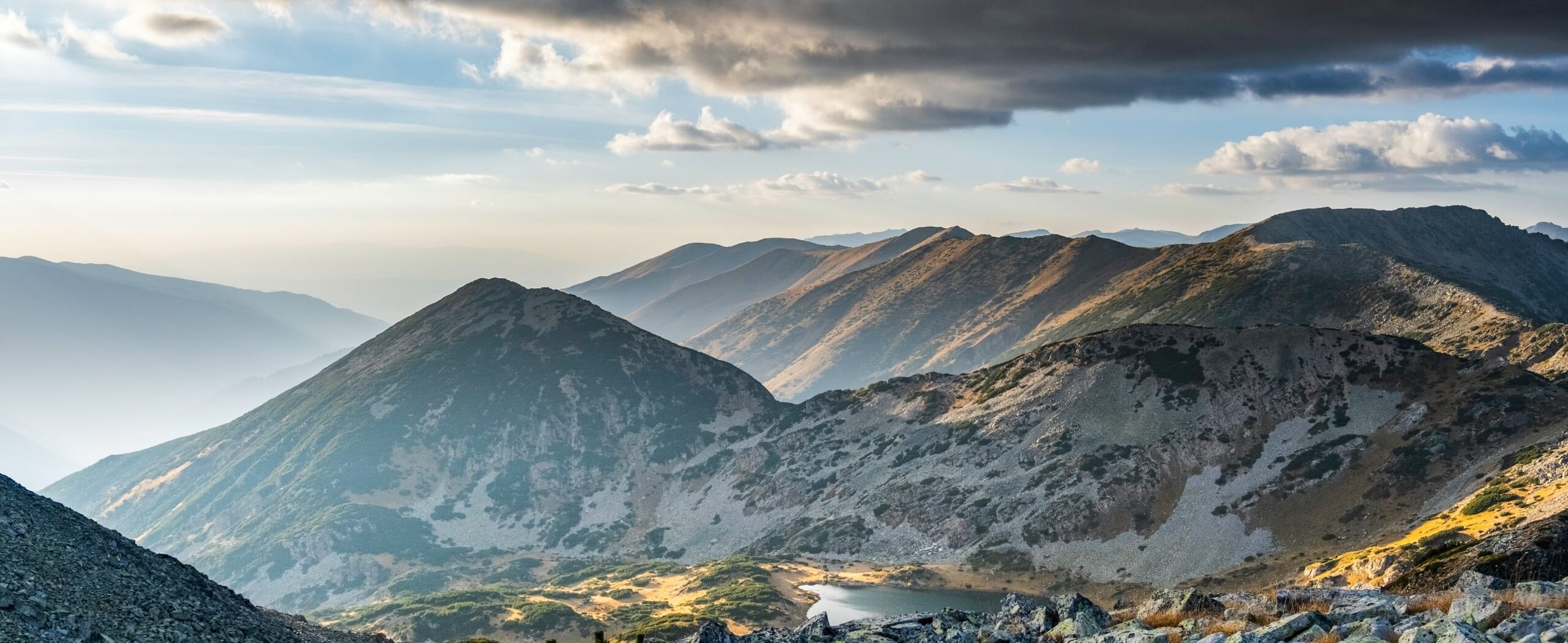
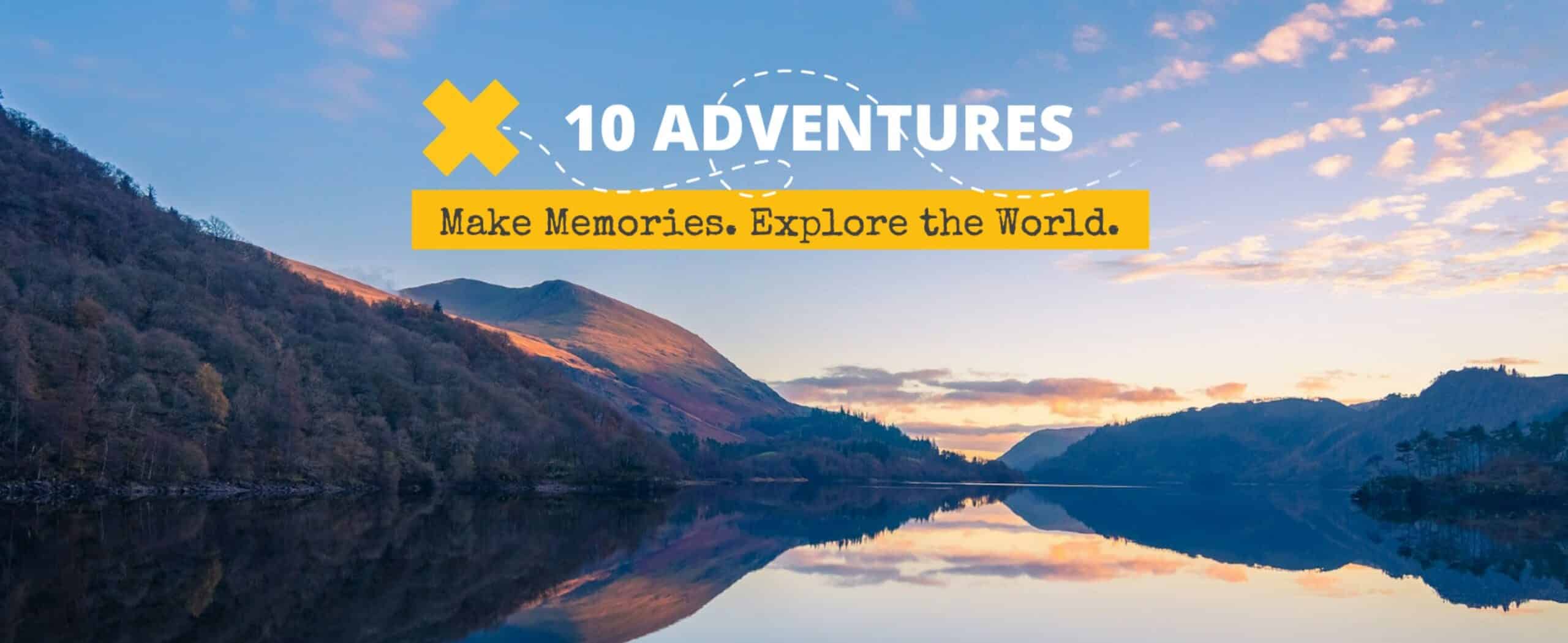

Comments